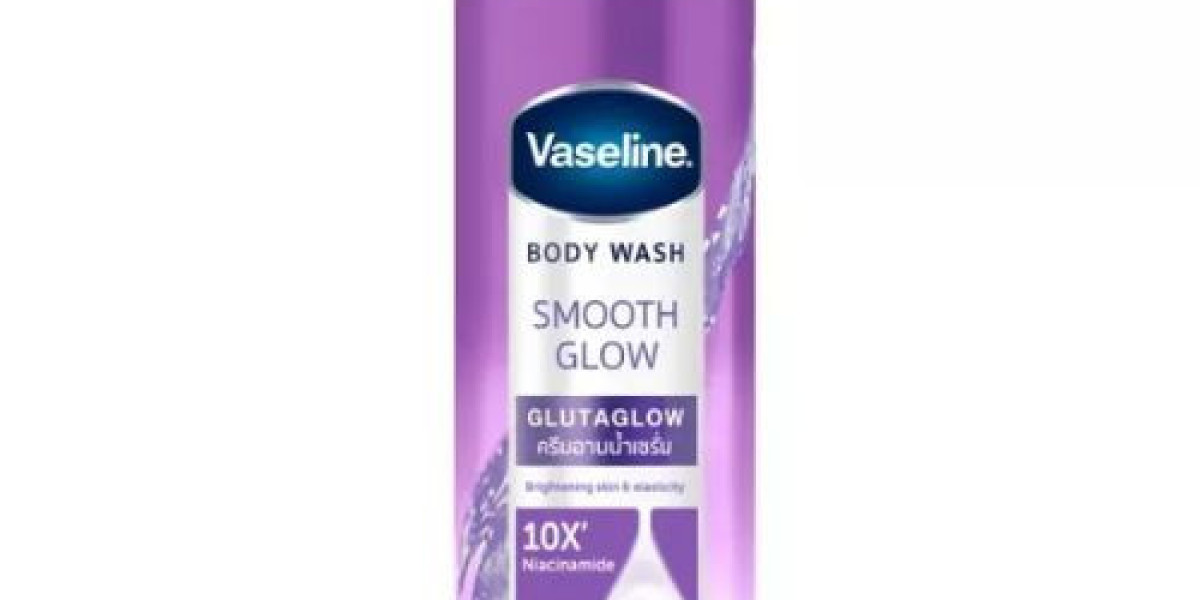When it comes to caring for a newborn, one of the most essential tasks is feeding your baby. For many parents, especially those who bottle-feed or mix-feed their little ones, choosing the right baby feeding bottle is an important decision. The right bottle can make feeding easier for both the baby and the caregiver, ensuring the infant receives proper nutrition while also maintaining comfort and safety.
Understanding Baby Feeding Bottles
A baby feeding bottle is not just a simple container for milk or formula; it plays a crucial role in your baby’s feeding routine. These bottles come in a variety of shapes, sizes, and materials, each designed to cater to the specific needs of babies and parents. Whether you're breastfeeding and supplementing with expressed milk or using formula exclusively, the bottle you choose can influence feeding habits, digestion, and even how well your baby sleeps.
Key Features of a Baby Feeding Bottle
To make an informed choice, it's important to know the key features to look for in a baby feeding bottle. Some of these include:
Material: Bottles are commonly made from plastic, glass, or silicone. Each material has its own benefits:
Plastic bottles are lightweight and durable, making them convenient for travel.
Glass bottles are free from chemicals like BPA, ensuring a more natural option for feeding, but they tend to be heavier and more fragile.
Silicone bottles offer flexibility and are often shatterproof, a good middle ground between plastic and glass.
Nipple design: The shape and flow of the nipple can affect how well your baby latches and feeds. Some nipples mimic the natural shape of a mother’s breast, which can be especially helpful for babies who are transitioning between breast and bottle. The flow rate is also crucial; newborns may need a slower flow nipple to prevent choking, while older babies may require a faster flow.
Anti-colic features: Many baby feeding bottles are designed with anti-colic features, such as special vents or valves that prevent the baby from swallowing air. This can significantly reduce the chances of gas, fussiness, and spit-up after feedings.
Size and shape: Bottles come in different sizes, ranging from small (around 4 oz) for newborns to larger (8-12 oz) for older babies. The shape can also vary, with some being ergonomic for easier holding, while others are wider to accommodate broader nipples that resemble the breast.
Ease of cleaning: A bottle that is easy to clean is essential for maintaining hygiene. Look for bottles with wide mouths or those that can be taken apart easily for thorough cleaning. Dishwasher-safe options can also save time for busy parents.
Benefits of Using a High-Quality Baby Feeding Bottle
The right baby feeding bottle can offer numerous benefits:
Comfort for baby: A well-designed bottle with a comfortable nipple and anti-colic features can make feeding a more pleasant experience for your baby. It can help reduce discomfort and promote smoother digestion.
Ease for parents: A lightweight, ergonomic bottle can be easier to handle, especially during those late-night feedings. Bottles that are easy to clean and assemble save time and effort, ensuring that parents can focus on their baby’s needs rather than complicated bottle systems.
Consistency in feeding: For mothers who are breastfeeding and bottle-feeding, having a bottle with a nipple that closely resembles the breast can help maintain consistency. This can prevent nipple confusion and make transitioning between breast and bottle easier for the baby.
Prevention of feeding issues: Using a bottle with anti-colic features can significantly reduce the chances of gas, spit-up, and discomfort. This ensures that your baby gets the nutrition they need without unnecessary distress.
How to Choose the Best Baby Feeding Bottle
Choosing the best baby feeding bottle depends on your baby’s individual needs and preferences. Some babies may prefer one type of nipple over another, or may experience fewer feeding problems with certain bottles. Here are a few tips to help guide your decision:
Start with a few options: Instead of committing to one type of bottle from the start, consider buying a few different types and brands to see which one your baby prefers.
Consider your baby’s age and feeding habits: Newborns usually do better with smaller bottles and slower flow nipples, while older babies may need larger bottles and faster flow options.
Look for trusted brands: While price isn’t always a direct indicator of quality, choosing bottles from reputable brands can give you peace of mind that the product has been tested and meets safety standards.
Pay attention to your baby’s cues: If your baby is fussy, gassy, or seems uncomfortable during or after feeding, it may be worth trying a different bottle with anti-colic features or a different nipple size.
Conclusion
Choosing the right baby feeding bottle is a personal decision that requires careful consideration. The comfort and well-being of both you and your baby are at stake, so it’s important to select a bottle that suits your lifestyle and your baby’s feeding needs. With the variety of options available today, you can find a bottle that promotes healthy feeding habits and makes this part of parenting just a little bit easier.







